Audeze MM-500 Review: Studio Headphones from a 14x Grammy Winner?
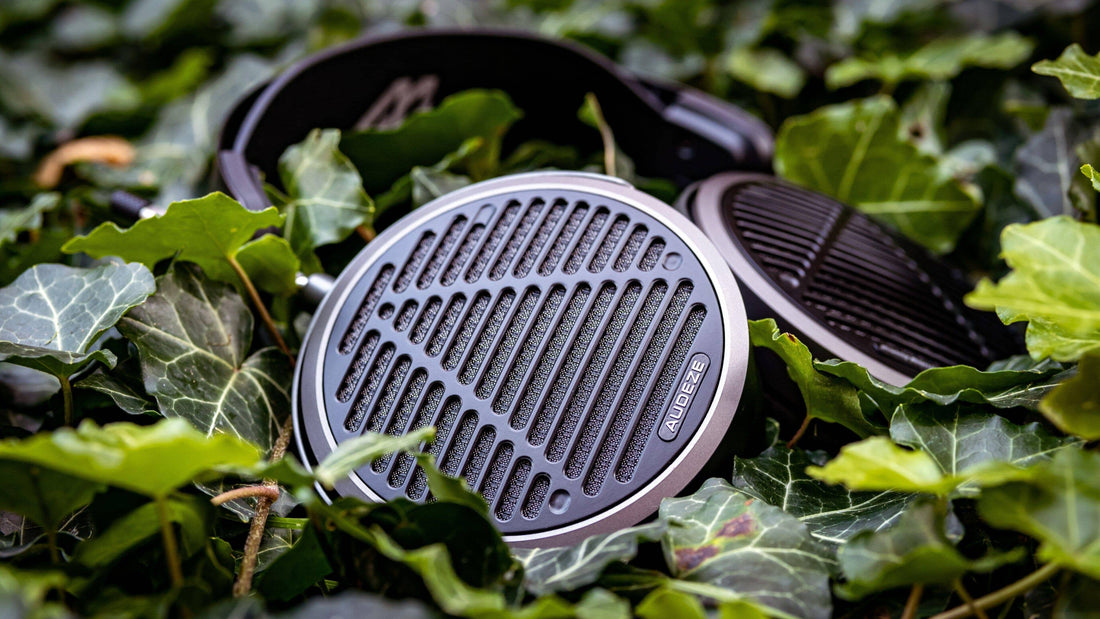
Introduction
There are two major headphone brands in the planar magnetic space. HiFiMan and Audeze. While I’ve previously covered a wide range of HiFiMan’s headphones, I’ve yet to properly review an Audeze headphone. Until now. Today, I will be looking at the Audeze MM-500, their $1,700 studio reference monitor headphone. While Audeze has marketed their high-end headphones as reference products, the MM-500 specifically kicks off their professional line, with an upcoming $400 MM-100 also on the way.
What makes the MM-500 different is in its MM namesake: it was designed in collaboration with 14x Grammy winner Manny Marroquin. According to Audeze, the MM-500 is the fruit of a journey with Mr. Marroquin as he provided feedback while mixing records using the LCD-X, LCD-4, and LCD-5 over the years. In fact, it was a pre-production unit of the MM-500 that was used to mix Kendrick Lamar's #1 album "Mr. Morale & The Big Steppers" in early 2022.
Now there’s obviously more to winning a Grammy than the raw mastering quality of a track. But there must be some truth to the claims of the MM-500’s performance, right? And how does it stack up as a general use headphone vs a studio reference? It’s from these questions that I will be analyzing the MM-500 in this article.
Review unit on loan from Headphones.com
Source(s): Ferrum Audio ERCO Balanced DAC/amp
What we like
- True reference-level tuning
- Excellent note articulation and tactility for stringed instruments and electronic beats
- Clean imaging without hotspots
- Studio-on-your head presentation
What we don’t like
- Heavy with a high clamp force
- Genre dependent performance
- Middling bass dynamics
- Smaller soundstage
What’s in the Box
The Audeze MM-500 comes inside a large padded heavy-duty Pelican-like carrying case. Really fits the pro audio travel rig look as silly as its size may be. Inside the box is a more reasonable cloth-based carrying pouch. The last accessory is the stock cable - it's a 1.8 m long braided cable with 4-pin mini-XLR terminations on the headphone side and a 6.35 mm jack. I’m not a fan of the ergonomics of the cable; it has way too much cable memory and tangles easily. I do wish that Audeze included a second cable as well, maybe a balanced XLR cable, to help round out the accessory set for a product at this price range.

The build of the MM-500 is excellent. It’s almost fully metal except its leather headband and a bit of sturdy plastic housing the size adjustment mechanism. There’s 9 steps of adjustments on each side which is intended to accommodate larger heads. However, because the curvature of its steel headband is rather aggressive and results in a very high clamp force, it won’t end up being the most comfortable for those with a blessed cranium. Couple this with the weight of the MM-500 at around 500 grams and you have a headphone that won’t be the most comfortable option for long, casual listening sessions.
The thick leather pads are soft and plush, though a little on the small side height wise. The padding provides a really nice seal even over my glasses. Unlike the HiFiMan planars where it feels very open and I can hear the rest of the room I’m in, wearing the MM-500 creates the instant sense of an enclosed environment for music. I suppose that one point to the “studio reference” claims - the ability to transport the studio onto your head.
Sound
The MM-500’s sound is reminiscent of a mix between the Sennheiser HD600 and HD650 but in planar form. Let’s break down what exactly that means.

Frequency response of the Audeze MM-500 using the GRAS 43AG measurement system. The dotted black line represents the Harman target, a reference frequency response developed using consumer preferences. The red line is how the Audeze MM-500 measures. Effectively, this shows how significantly the headphone’s frequency response deviates from the target. Note however that the target is highly smoothed and strict adherence to the Harman target is not necessary for a headphone to sound good.
Bass
Like many high-end open back headphones, particularly planars, the MM-500’s bass extends very well into the subbass region. It’s not perfectly ruler flat, however; there is a minor slope upwards into the lower mids. The quality of the bass wasn’t quite what I expected. It doesn’t have the snappiness I was hoping for from Audeze planar. It also doesn’t have the sheer incisiveness that HiFiMan is known for. While it does have some impact and weight, it’s not to the level of a great dynamic driver.
But what it does offer is a well controlled, highly tactile experience that doesn’t rely on overly sharp note definitions. The MM-500’s planar drivers do an excellent job rendering changes in the frequencies that make up a passage. For example, when listening to synths in an electronic track, there’s superb clarity in how notes subtly move up or down semitones or dive deeper and deeper into the subbass. Likewise, bass guitars shine on the MM-500. Every vibration of the strings are transparently carried forward.
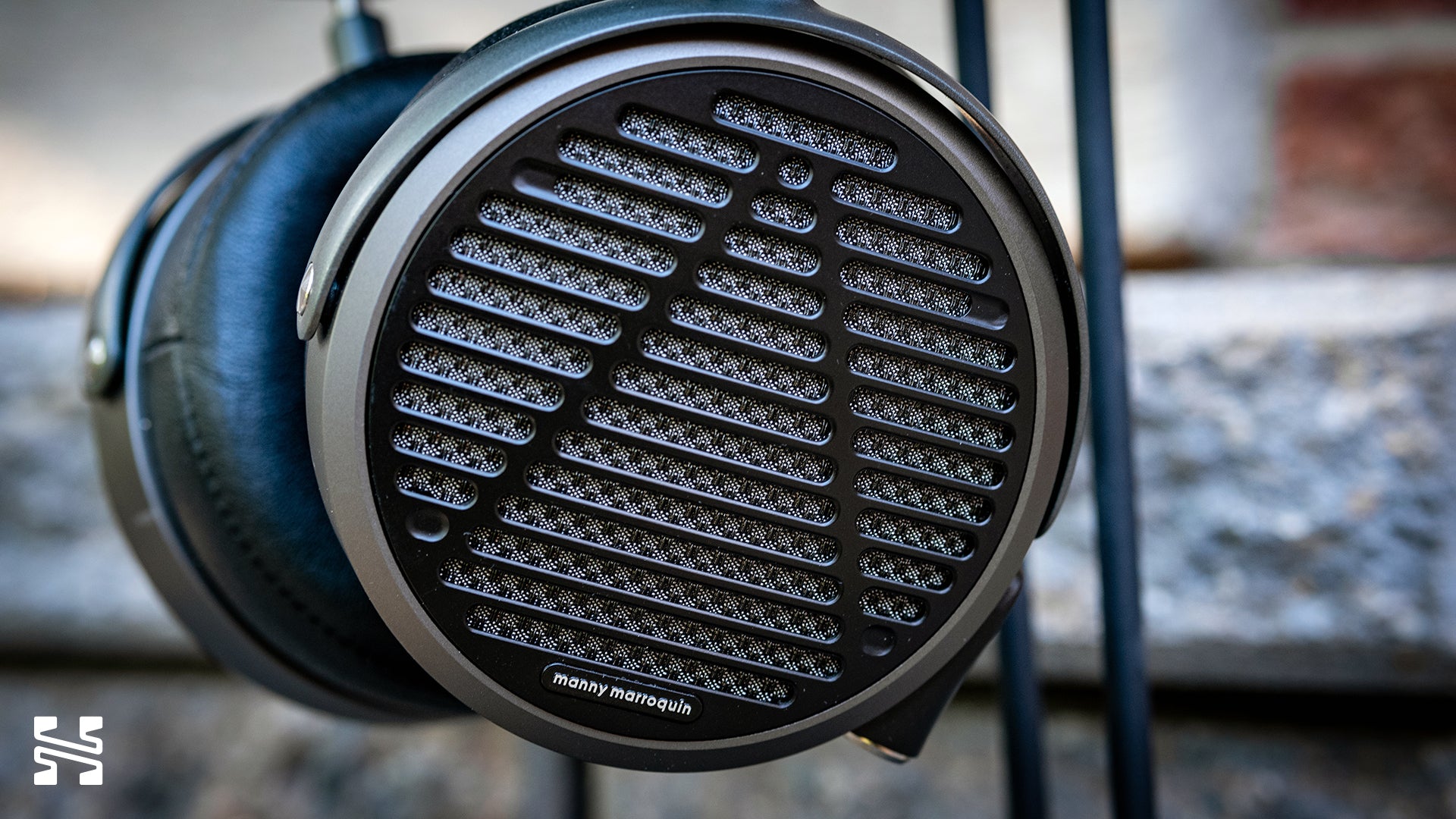
Mids
The mids of the MM-500 is where the comparisons to the HD600 really start. Like the HD600, there’s a significant upper mids presence. But the MM-500 takes it one step further. This “peak” at 3 kHz is fairly noticeable as it's the only thing about the MM-500 that stands out tonally. It’s not enough to be shouty but it does come off as a very slight glare in the vocals at times. Like the HD600, the MM-500’s lower mids have the barest hint of warmth that satisfyingly accentuates guitars and stringed instruments. As such, I’m a fan of the MM-500’s mids. Instrument timbre is uncolored. Interestingly, I’m also reminded of the Focal Elex in the mids as there’s a sort of “deconstructed” clarity here that’s in contrast to the more saturated tone of the HD600.
Treble
It’s the treble of the MM-500 that’s akin to the HD650. Past the upper mids, the treble starts to take a conservative turn. The MM-500’s treble has this “dark but not actually” feeling to it. It’s dark in the sense that it doesn’t have this overarching display of treble presence or air. Yet, perhaps thanks to its planar nature, there’s a crispness and brilliance to the hats and cymbals. I’m actually fairly pleased with the treble of the MM-500. While it may be a little too crispy and de-emphasize shimmer and decay, I don’t hear any unruly peaks to really throw off timbre or create harshness during listening.

Presentation
The soundstage of the MM-500 isn’t the largest. As noted above, the MM-500 creates more of a “studio on the head” sensation and less of a “live concert hall” as the HiFiMan planars do. However, imaging within this space is excellent. There aren’t any “hotspots” where notes are clustered around. Notes are spread effortlessly and imaging is clean and precise. It also takes advantage of the commendable stage depth the MM-500 has to create a nicely layered experience.
The resolution of the MM-500 is reasonably good. It wasn’t immediately apparent but the more I listened the more impressed I was. There’s excellent articulation and tactility for electronic beats and stringed instruments especially. However, I find the MM-500 to be genre dependent. It performs phenomenally for modern pop(-adjacent) music with that sort of mixing and mastering style. But for some of my alt-rock or instrumental tracks, the MM-500 can come off as a little flat. While there’s obviously an inherent difference in the recording and mixing techniques, the contrast in the quality of my listening experience was a little unexpected. I’m not sure why this is, but I wanted to point it out. If you’re a frequent listener of the type of music found in the Billboard Top 100, the MM-500 is going to be the headphone for you.
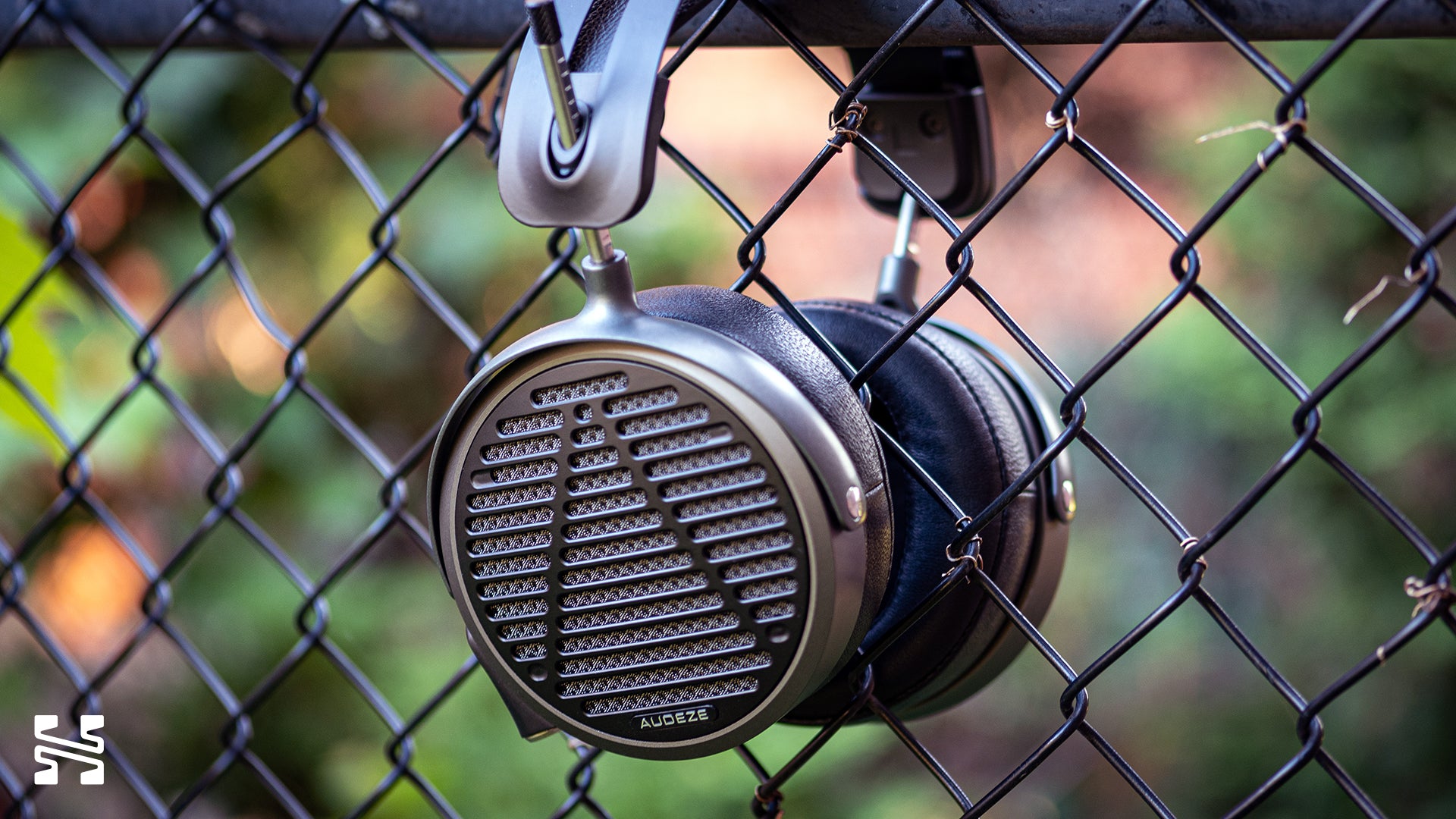
Comparisons
Unfortunately, I haven’t had a chance to review any other Audeze headphone in-depth so I’ll direct you to Resolve’s review comparing the MM-500 against the LCD-X.
Sennheiser HD800S
The Sennheiser HD800S is the poster child of audiophile headphones and it just so happens to be one that also tends to be marketed towards professional use. However, it does falter in its tonality and bass quality and thus the MM-500 handedly outdoes the HD800S in those areas. The difference in their treble is metaphorically night and day. The HD800S is a bright headphone by any metric while the MM-500 is arguably on the darker side. Where the HD800s is most famous for is its soundstage and resolution and it continues to stand its ground. The MM-500 doesn’t come close in terms of the feeling of openness but in all fairness, that’s not what it’s trying to do. And while the articulation of the MM-500 is very clean on select instruments, the HD800S’ sheer overall resolution is just effortless.
You can see my review of the HD800S here.
HiFiMan Arya Stealth
The HiFiMan Arya is another popular headphone at this price range and is frequently compared to the HD800S. They’re both bright headphones with an expansive soundstage and excellent resolution. In fact, the Arya takes it up a notch - it’s even brighter and more open sounding than the HD800S is. And it’s for those reasons that everything I wrote about comparing the HD800S to the MM-500 can be applied to the Arya. While the HD800S and the Arya are undoubtedly different headphones and the Arya similarly a planar headphone like the MM-500, I find that they compete for the same set of listener preferences while the MM-500 represents a different path.
You can see my review of the Arya Stealth here.
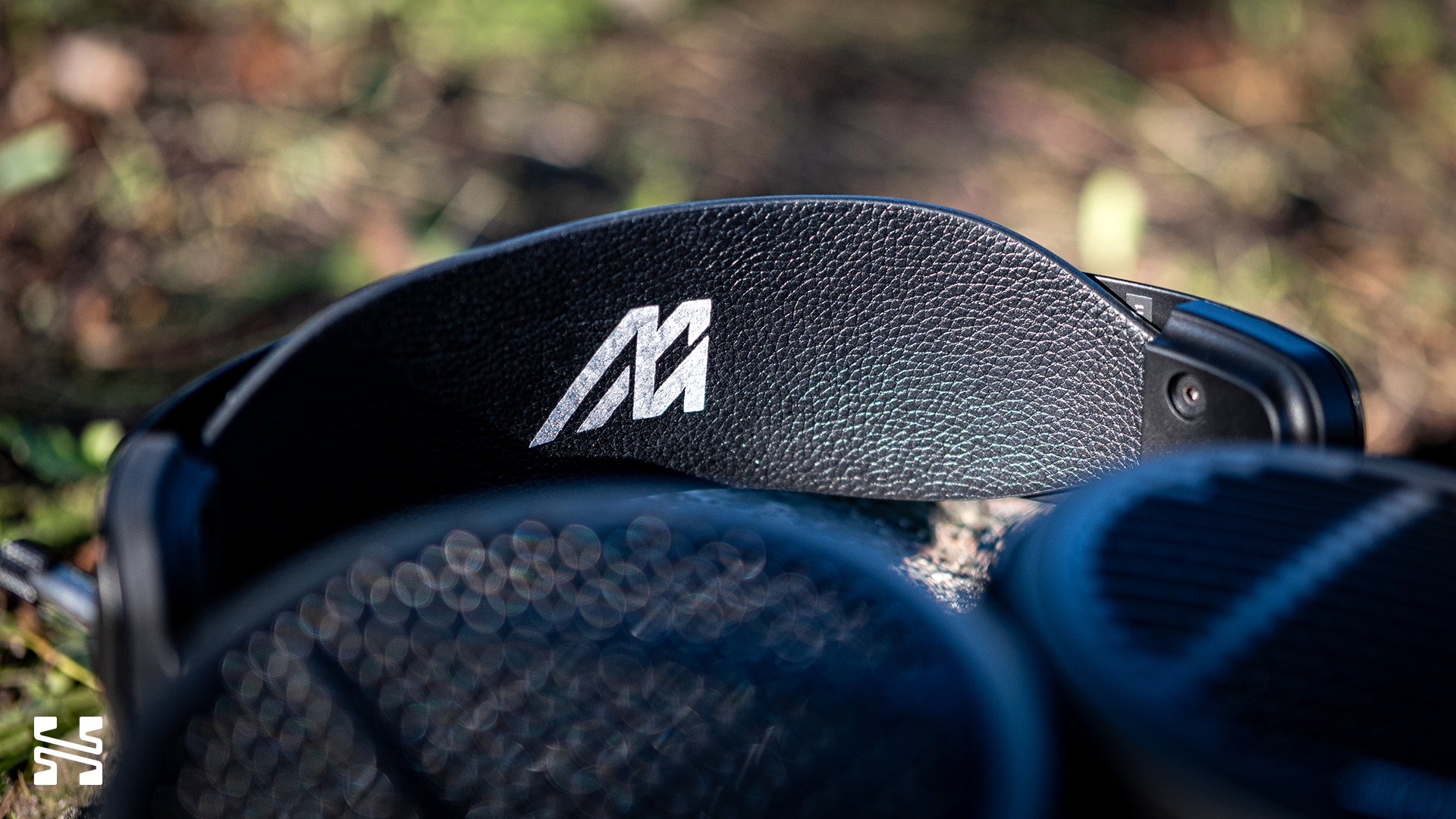
Audeze MM-500 as a Studio Headphone
I won’t even pretend to have the ears of a mixing engineer like Manny Marroquin. Nor do I understand even a fraction of what he does. But I think it might be a fun exercise to try and imagine why he would say “putting on the MM-500 makes me feel confident to deliver the best mix”. Beyond the obvious marketing spiel, of course.
To start, let’s look at Manny Marroquin’s typical body of work. His discography, generally speaking, is exactly the tracks found on the Billboard Top 100. As I previously noted, the MM-500 performs exceedingly well on this type of music. While it's possible that the MM-500 had evolved to favor this modern style, I can see why he would feel confident mastering with this headphone as a result.
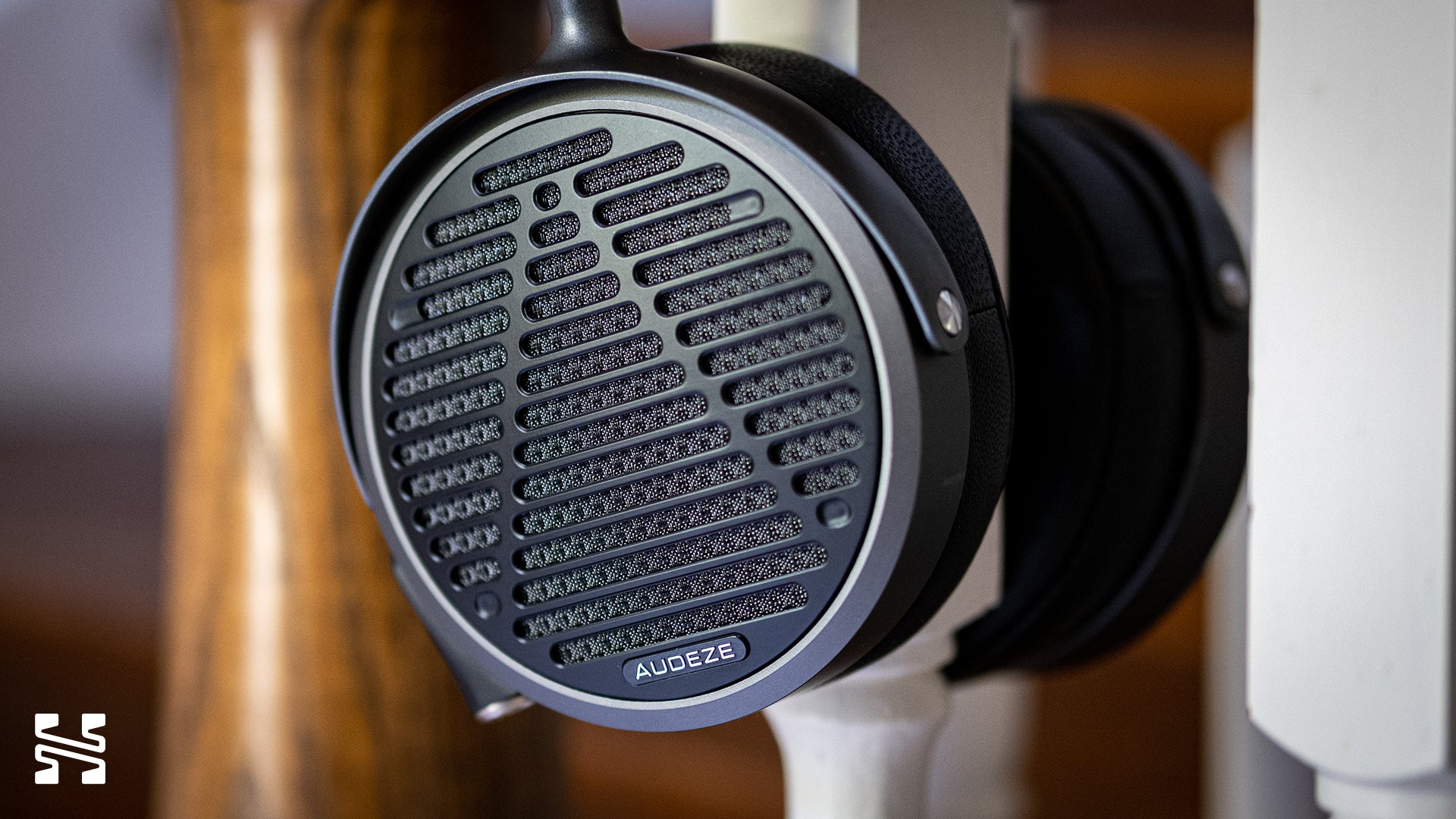
The frequency response of the MM-500 gives us another clue in why it might work well for contemporary mixing. It has a great generalist tuning. The flat bass and relaxed treble can lead an engineer to add in more “vibrance” - more bass impact and sharper highs. The slight 3 kHz overemphasis allows the engineer to highlight vocals in the mix and have it fall back in place in the final product when referenced against flat studio monitors.
Finally, the distinct studio-on-your-head feel that the MM-500 does a decent job emulating the sound-treated recording rooms that engineers would find themselves in. Add to the note articulation and layering of the MM-500 that allows an engineer to focus on specific instruments while dialing in effects and other elements.
Now, I admit that this analysis is a bit of narrative shoehorning and you could easily argue these points the other way. But these are the reasons I can think of why someone would use the MM-500 for mixing. Of course, these headphones aren’t meant to be used in isolation but as part of an engineer’s toolkit.
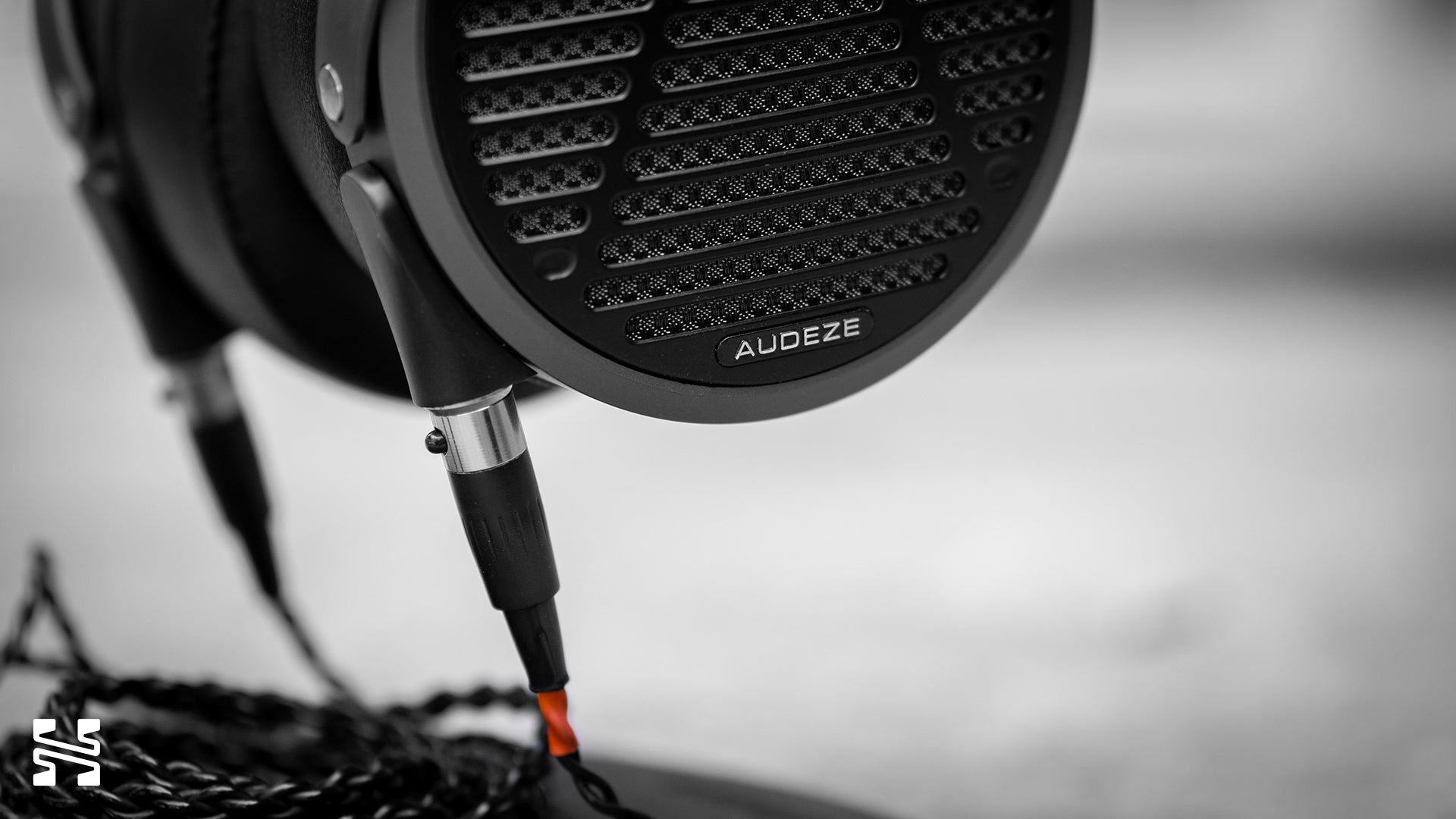
Should You Buy It?
The Audeze MM-500 is a hard one for me to judge. As a studio headphone for mixing, I do think it’s one of the best headphones around for the job. But as a headphone to indulge in the listening experience, it does have some drawbacks. For starters, its weight and clamp force makes me take it off quicker than others and slower to put it on. The MM-500’s technical performance is rather track dependent and its bass dynamics does leave a little to be desired. Finally, music feels smaller given its constrained soundstage. But on just the right track with the right combination of instruments and mixing style, I’d hesitate to pick any other headphone.
When I look at headphones in this segment, there aren’t any clear-cut winners. The Sennheiser HD800S, HiFiMan Arya, and Focal Clear are all technically better but tonally worse. I find this sort of “yes, but” problem to be symptomatic of headphones in general. Ultimately, I find it simplest to go back to my initial impressions of the MM-500. It’s a high-end planar Sennheiser HD600 x HD650 for $1,700. For some people, that’s exactly what they’re looking for. And for that reason, I can give the Audeze MM-500 a recommendation.
If $1,700 is too much, keep your eyes out for the $400 MM-100. If Audeze is able to bring the quality of the MM-500 down to that price (perhaps courtesy of its recent acquisition by Sony), we might be looking at a very competitive mid-range player in the headphone landscape.
